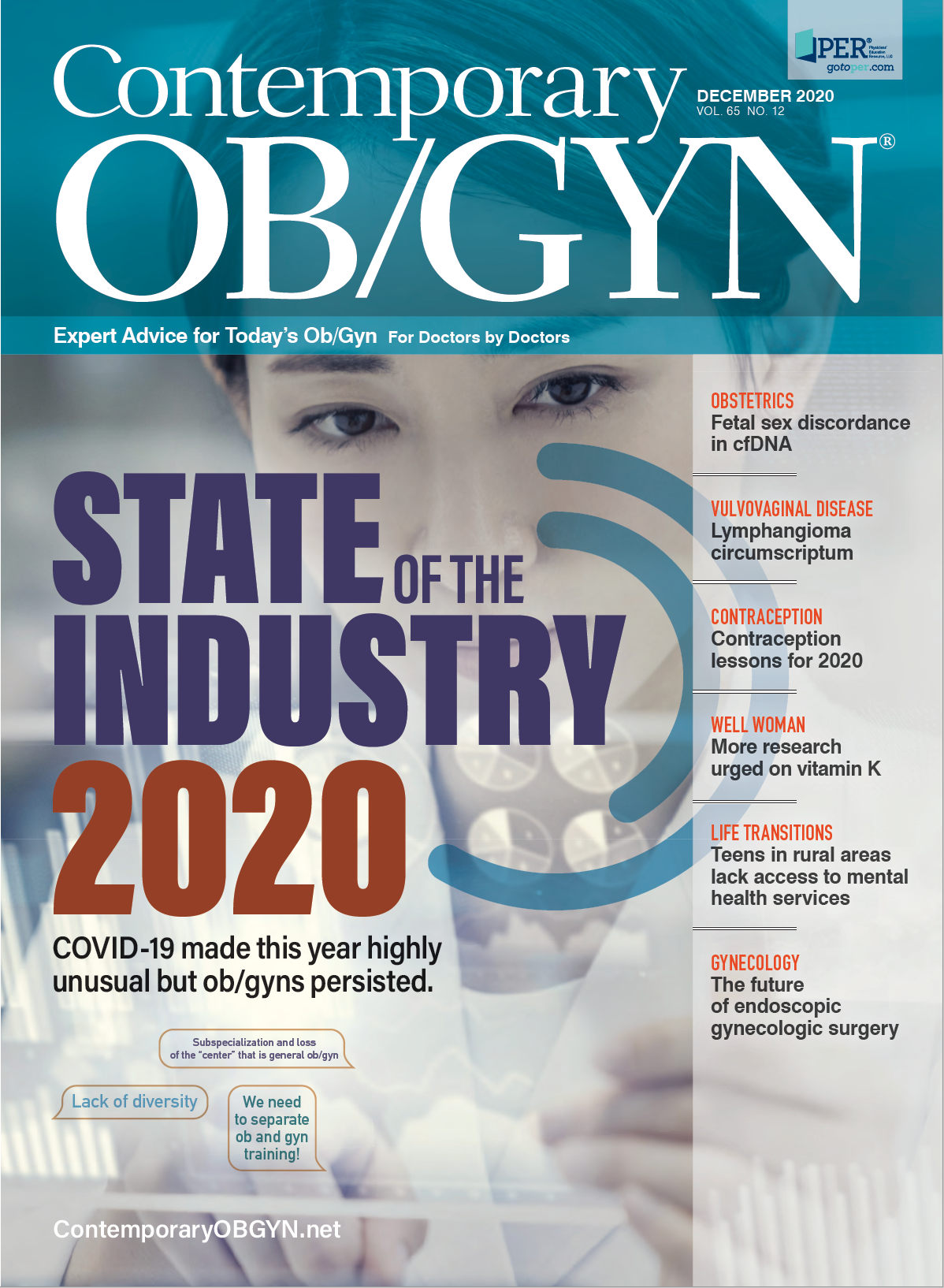Current contraceptive status in women aged 15-49 in the United States
A summary of key findings from the National Center for Health Statistics (NCHS) recent data brief, No.388, October 2020.
The data brief used data from the 2017-2019 National Survey of Family Growth (NSFG) to provide a snapshot of current contraceptive statuses of women aged 15-29 in the U.S.
In 2017-2019, 65.3% of women aged 15-49 were currently using contraception.
Female sterilization (18.1%), oral contraceptive pills (14.0%), long-acting reversible contraception (LARC) (10.4%), and the male condom (8.4%) were the most common methods reported.
LARC use was higher in women aged 20-29 (13.7%) and 30-39 (12.7%) compared with women aged 15-19 (5.8%) and 40-49 (6.6%).
Female sterilization declined with higher education and use of the pill increased.
Use of the pill and the male condom varied by Hispanic origin and race.
Current use of the pill was higher among non-Hispanic white women (17.8%) than among Hispanic (7.9%) and non-Hispanic Black (8.1%) women.
Current condom use was lower among non-Hispanic white women (7.0%) compared with Hispanic (10.5%) and non-Hispanic Black (11.0%) women.
For a PDF of the brief, additional data, figures, tables, et cetera, visit the Centers for Disease Control and Prevention.
__
Reference
Daniels K, Abma J. Current Contraceptive Status Among Women Aged 15-49: United States, 2017-2019. Centers for Disease Control and Prevention Brief No. 388, October 2020.

Recap on reproductive rights with David Hackney, MD, MS
December 20th 2022In this episode of Pap Talk, we spoke with David Hackney, MD, MS, maternal-fetal medicine physician at Case Western Reserve University and chair of ACOG's Ohio chapter for a full recap of where restrictions on reproductive rights have been and where they're going.
Listen
In this episode of Pap Talk, Gloria Bachmann, MD, MSc, breaks down what it means to be a health care provider for incarcerated individuals, and explores the specific challenges women and their providers face during and after incarceration. Joined by sexual health expert Michael Krychman, MD, Bachmann also discusses trauma-informed care and how providers can get informed.
Listen
